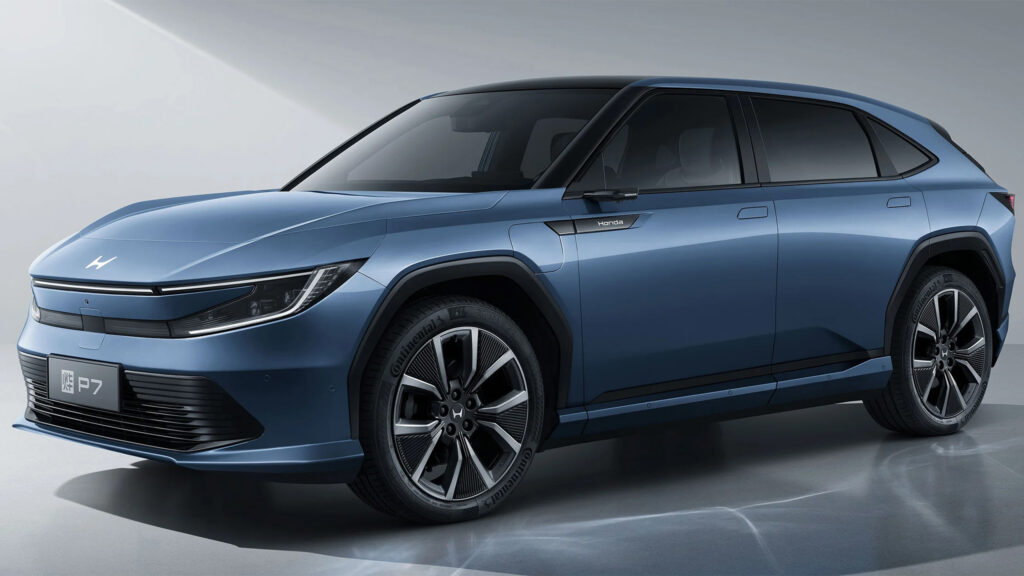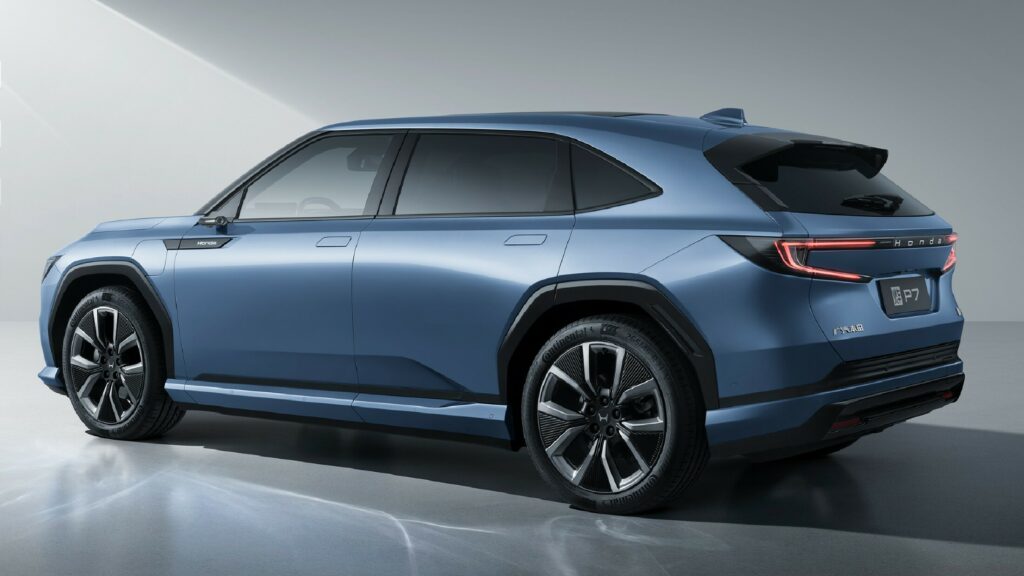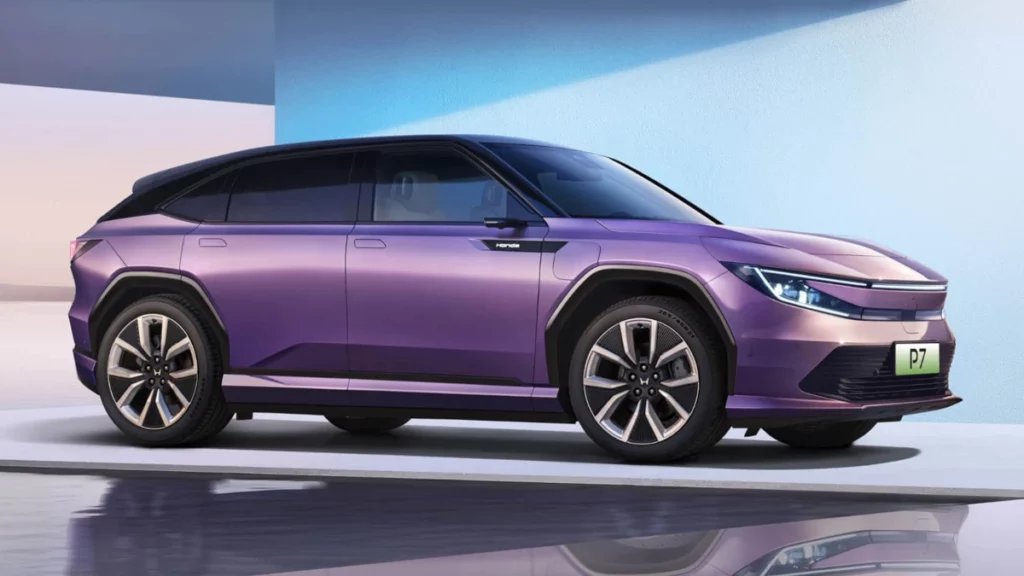Honda’s EV factory in China requires 30% fewer workers than human employees
March 27, 2025 at 04:00

- Honda’s new Chinese recently started production of the all-electric Ye P7.
- Th has an 89.8 kWh battery pack and up to 469 hp.
- Honda is responding to the growing EV demand in China with several new models.
Honda says that thanks to the use of automation and artificial intelligence at one of its EV factories in China, it needs 30% fewer floor staff than a traditional factory. While machines and robots have yet to fully take the place of factory workers, new technologies being used by Honda, as well as robots being used by companies including Mercedes-Benz, BMW, and Dongfeng, don’t paint a pretty picture for blue-collar workers.
The Japanese brand recently kicked off production of the all-electric Ye P7 with local joint venture partner Guangzhou Automobile Group. The factory in Guangzhou uses automated guided vehicles, or AGVs, to move important car components throughout the factory, including heavy battery packs. Traditionally, human workers are required to transport parts throughout the factory.
Read: Honda Wants To Crack China’s EV Market With New Ye P7 Dual-Motor Crossover
While speaking with Nikkei Asia, Honda added that it’s also using AI technology to optimize the welding process for the new China-only electric SUV. The reason? It wants to “reduce fixed costs as much as possible,” adding it views “electrification as an opportunity to overhaul the way we produce vehicles.”

The Ye P7 is an important vehicle for Honda. In most Western markets, the Japanese car manufacturer has lagged behind many of its competitors in releasing battery-electric vehicles that appeal to the masses. Given that China has quickly become the world’s single largest EV market, the automaker cannot afford to fall behind the competition, or else it could see its Chinese sales dry up.
Much like the S7 introduced earlier this month and built with Dongfeng, the P7 has an 89.8 kWh battery pack, and base models feature a rear motor with 268 hp. A dual-motor version is also available, boasting a combined 469 hp. Rear-wheel drive models have a quoted range of 404 miles (650 km) while the all-wheel drive version can apparently travel up to 385 miles (620 km) between charges.


